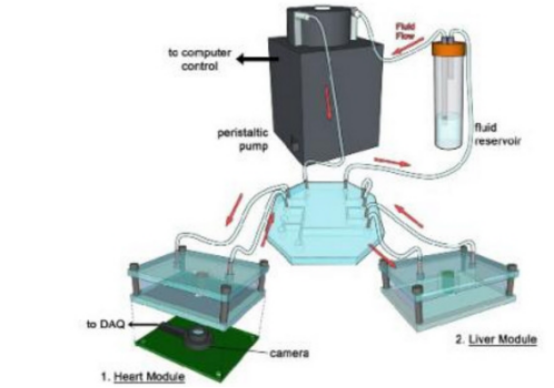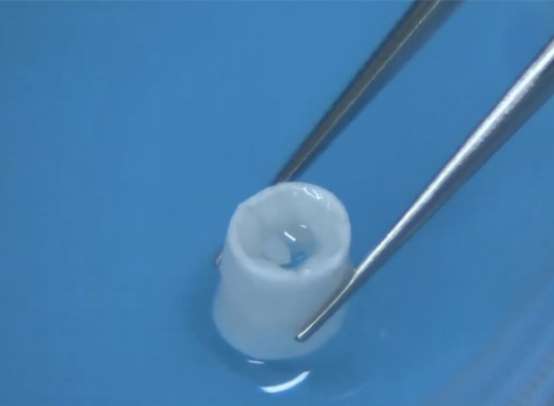Bio 3D printed organs or tissues were first reflected in the testing of drug toxicity and side effects in the development of new drugs. In this field, many biological 3D printing technology companies have successively developed 3D printed kidney tissue, liver tissue, and skin tissue for drug testing through 3D printers and special “biological inks” containing growth factors and human cells. The application has gradually moved towards commercialization.

Since the manufacturing requirements of the heart, liver, and lung tissues in the multi-organ microfluidic chip are different, the research team needs to use a biological 3D printer and “biological inks” of different components to manufacture three types of tissues. After printing, the researchers use ECM-derived bio-ink or prion protein and gelatin bio-protein to transfer these tissues to the microreactor on the chip. Lung tissue is produced in a microreactor with similar factors, which has a fixed semi-porous membrane, lung fibroblasts, epithelial cells, and endothelial cells.
After the bio 3D printing of the three tissues was completed, the research team sealed and connected the device to the circulatory perfusion system. The fluid in the chip is driven by a micro-peristaltic pump.

Market surveys and studies have shown that the combination of 3D printing technology and microfluidic chips is not only the biological 3D printing technology used in the manufacture of three different tissues in multi-organ chips, but also another type of potential application. That is: directly manufacturing microfluidic chips through 3D printing equipment.
3D printing technology has advantages in manufacturing microfluidic systems with complex features and integrated integration. At present, the application of 3D printing technology in microfluidic systems is mainly in the design and development phase of microfluidic chips.

